1. What is an accounting information system?
Accounting information system (AIS) is a tool to help enterprises collect, synthesize, manage, store, process, retrieve and report financial - accounting data automatically. more dynamic and efficient.
AIS is used by consultants, management, business analysts, chief financial officers (CFOs), accountants, regulators and tax authorities. Accountants are highly trained to use AIS proficiently, ensuring the highest accuracy and reliability for your financial transactions and financial records.
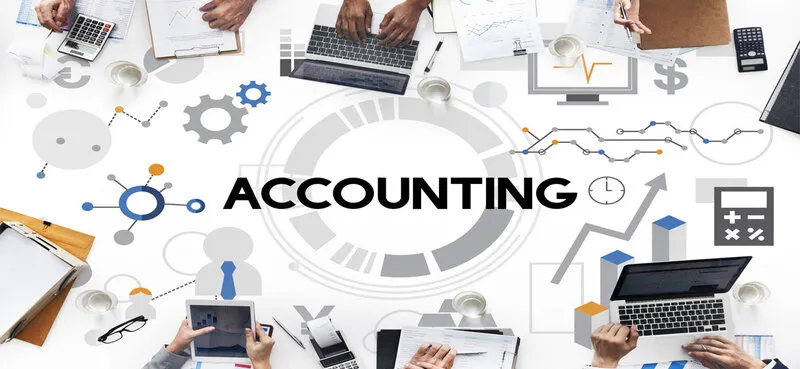 Accounting Information System - Accounting Information System
Accounting Information System - Accounting Information System2. Functions of accounting information system
An accounting information system (AIS) is an important structure in the collection, storage and processing of financial and accounting data of a business. Given this important role, the functions of the accounting information system are:
- Provide timely financial statements to relevant stakeholders such as customers, investors, auditors and even internal management.
- Update and prepare accurate information to plan and run daily operations.
In addition, this system also supports the control of business operations by:
- Monitor compliance with business processes
- Protect the intellectual and physical assets of the business
- Ensure information is always processed accurately and timely. This helps businesses achieve greater efficiency and competitiveness in the market.
3. Components of the accounting information system
An accounting information system (AIS) is a complex structure used to manage an enterprise's financial-accounting data warehouse. To better understand how AIS operates, learn about its components below.
3.1 People
The human component in the accounting information system is understood as the system user. These users have the role of receiving, processing and using information from the system. Specifically, this system is used by professionals in the fields of accounting, consulting, business analysts, financial managers and auditors.
With an effective accounting information system, all employees in the organization are authorized to access and receive the necessary information. Users are provided with the ability to track, process and report accounting data accurately and consistently. This enhances financial understanding, risk management and strategic decision making based on accurate and reliable information.
In addition, the system should also be designed to cater to external stakeholders, including customers, investors and auditors. Not only internal employees, the system also simplifies information sharing with external stakeholders.
 The system of accounting experts sets the right direction for financial management
The system of accounting experts sets the right direction for financial management3.2 Data
AIS is an effective assistant in enterprises because it stores and processes huge amounts of information. To ensure the accuracy and reliability of information, the accounting information system must be structured according to a database like SQL, a popular structured query language in the database field. .
To meet the needs of different users, accounting information systems need to be designed with many different input and output formats. The types of data in the system also depend on the size and type of the business, including information about:
- Proof of sale
- Customer's payment statement
- Business analysis document
- Order request
- Transaction invoice from supplier
- Check the registry
- General Ledger
- Investigation data
- Information regarding payroll, timesheets and tax reports.
By storing all these types of data in a single location, accounting information systems facilitate recordkeeping, analysis, reporting, auditing or decision-making. Thanks to this system, the data is complete, accurate and reliable, which forms the basis for generating important accounting reports and supporting business decisions.
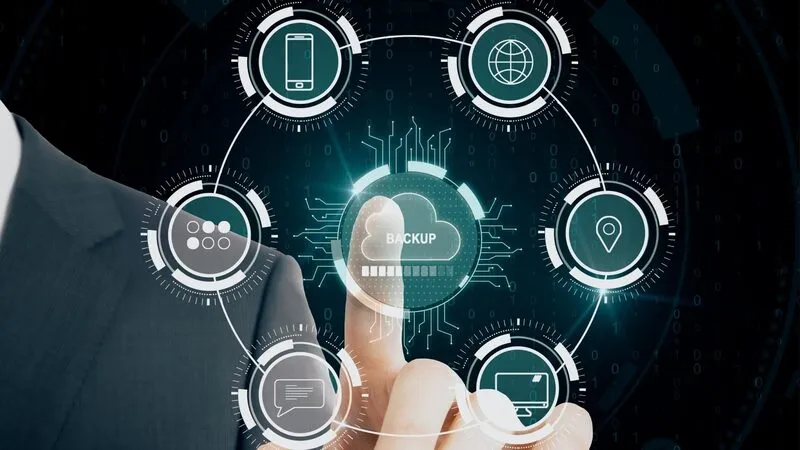 Accounting information management system to support data processing
Accounting information management system to support data processing3.3 Procedures and instructions
In an accounting information system, the procedure and instruction component plays an important role in collecting, synthesizing, storing, managing, retrieving and processing data. These jobs are all automated and can collect data from both internal and external sources. Examples include internal (internal) employees and customer (external) online orders.
To ensure the effectiveness and consistency of accounting information systems, procedures and instructions need to be codified and guided by documentation and training. In addition, ensuring compliance with procedures and guidelines is also an important factor in optimizing the effectiveness of the accounting information system.
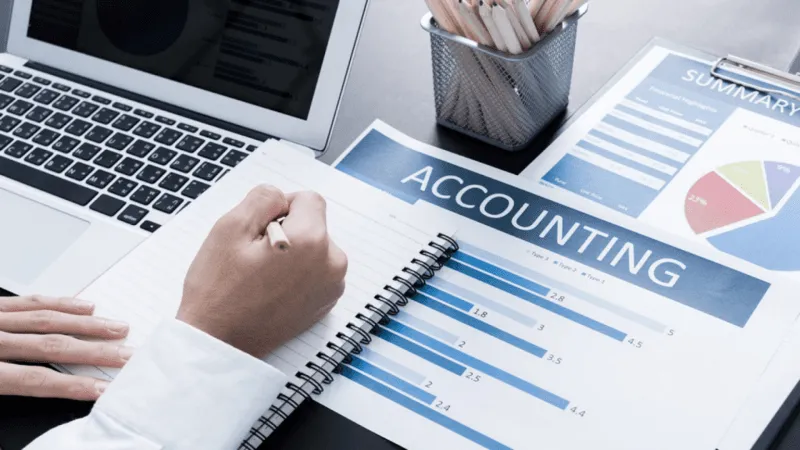 Procedures and guidelines make it easy for employees to comply with company regulations
Procedures and guidelines make it easy for employees to comply with company regulations3.4 Software
Computer programs in the accounting information management system are developed and optimized to meet the needs of enterprises. These software have a variety of features and utilities, making the financial management of the business more efficient and simplifying accounting-related tasks.
Besides, along with the development of technology, the software in the accounting information management system is becoming more and more easy to use and user-friendly. This makes it easy for businesses to use and manage their financial information conveniently and quickly.
 Management software to maximize work for accountants
Management software to maximize work for accountants3.5 IT Infrastructure
The IT infrastructure used to operate AIS includes necessary components such as: Computers, servers, printers, mobile devices, voltage stabilizers, routers, storage devices. and backup power supplies (UPS, generator). To choose the right hardware for an AIS system, businesses need to consider factors such as cost, speed, storage capacity, scalability and system upgrade.
Choosing the right hardware not only ensures compatibility, but also optimizes system performance. To meet demand, businesses can choose a turnkey system that includes both hardware and software to ensure compatibility and optimization.
In addition, a good AIS system needs to have a plan for maintenance, servicing, replacement and upgrading of hardware system components. If hardware is damaged and outdated, businesses will have to pay close attention to ensure the safety of sensitive data.
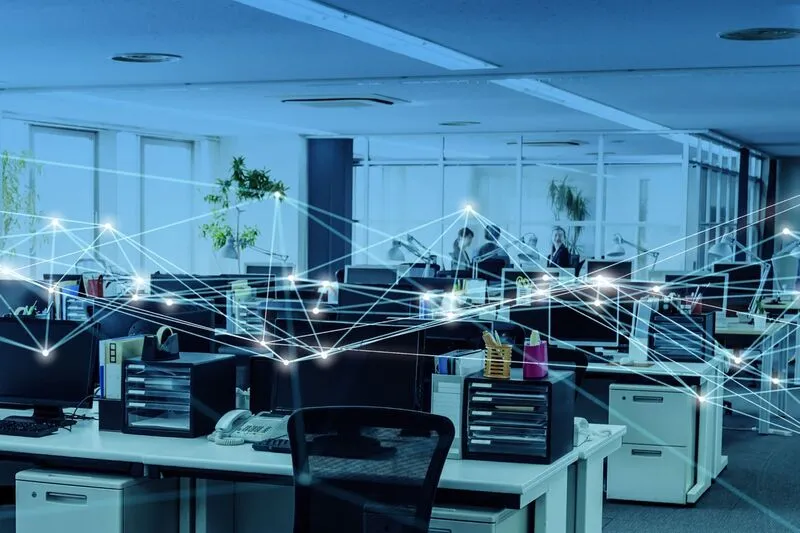 An advanced IT facility will help businesses easily process and secure data
An advanced IT facility will help businesses easily process and secure data3.6 Internal control
Internal control is an extremely important security element to protect sensitive business information. Businesses can use simple methods such as setting a password or more complex biometric identification: Fingerprint, voice, and face recognition.
The accounting information system needs to have internal control measures. This is to prevent unauthorized access to the computer and limit the access rights of authorized users, including those within the enterprise. We need to prevent unauthorized access to files that are only allowed to access selected parts of the system.
The accounting information system also contains confidential information not only of the business but also of employees and customers. This data may include information such as:
- ID number/CCCD
- Social insurance and health insurance number
- Salary and personnel information
- Credit Card Number
- Customer information
- Financial information of business and financial information of suppliers
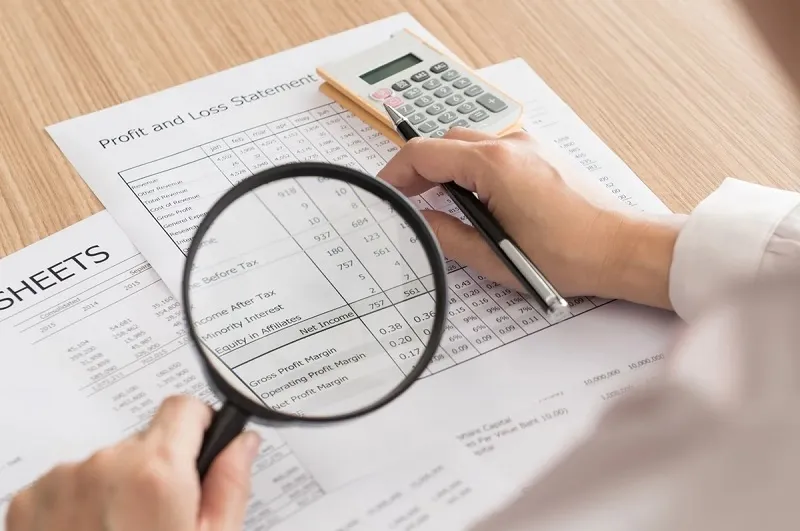 Internal control helps the company better visualize the work of each organization
Internal control helps the company better visualize the work of each organizationTo ensure the safety of data on the system, all data in the system must be encrypted and the system access history should be monitored. In addition, activities on the system need to be monitored to detect and prevent unauthorized behavior.
In order to protect the system from viruses, hackers and external and internal threats, accounting information systems need to be protected with appropriate cybersecurity measures. At the same time, disasters such as fires, floods, earthquakes, and power outages can also cause loss of important data on the system. Therefore, it is necessary to take precautions and precautions to minimize the consequences.
4. How to build an accounting information system in an enterprise
The following content will share with businesses how to build the most comprehensive accounting information system . Consult now!
4.1 Design
The accounting information system (AIS) is an integral part of the accounting management of businesses in Vietnam. However, the construction and completion of AIS are still facing many difficulties. To fulfill the role of an accounting information system in an enterprise, the following four factors will help readers design an effective AIS system:
- First, a combination of financial accounting and corporate accounting is necessary. This helps ensure the integrity of accounting information and at the same time meets the administrative needs of the business.
- Second, designing the circulation process for accounting vouchers is an important step. This process helps to ensure the accuracy and transparency of accounting information, thereby making management easier and avoiding errors.
- Third, provide administrative information thanks to the system of accounts and accounting books.
- Finally, organize the reporting system in a way that suits the needs of the business. This reporting system helps managers make accurate and timely decisions, thereby helping businesses develop more sustainably in the future.
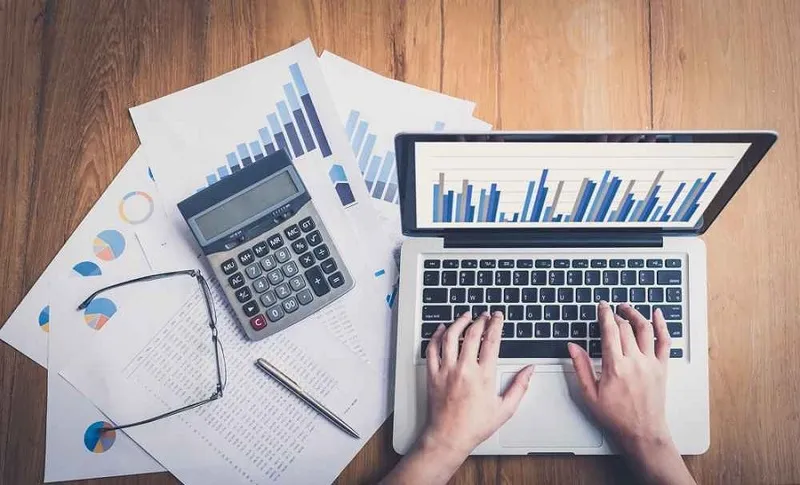 4 factors to build a perfect accounting information system
4 factors to build a perfect accounting information system4.2 Control
Accounting information system (AIS) is one of the important factors to improve the management efficiency and competitiveness of enterprises. However, the security issue for this system is also one of the challenges businesses need to pay attention to. To build a secure accounting information system, please note some important measures such as:
- Prevent illegal access to the system
- Monitor and manage access to the system
- Protect processing devices from physical intrusion
- Applying modern technology systems to support security
- Ensure the security of stored accounting data
- Protect data in transit
- Make backups and store them carefully in case something goes wrong
By implementing adequate security measures, businesses will be able to significantly enhance the security and safety of their accounting information systems.
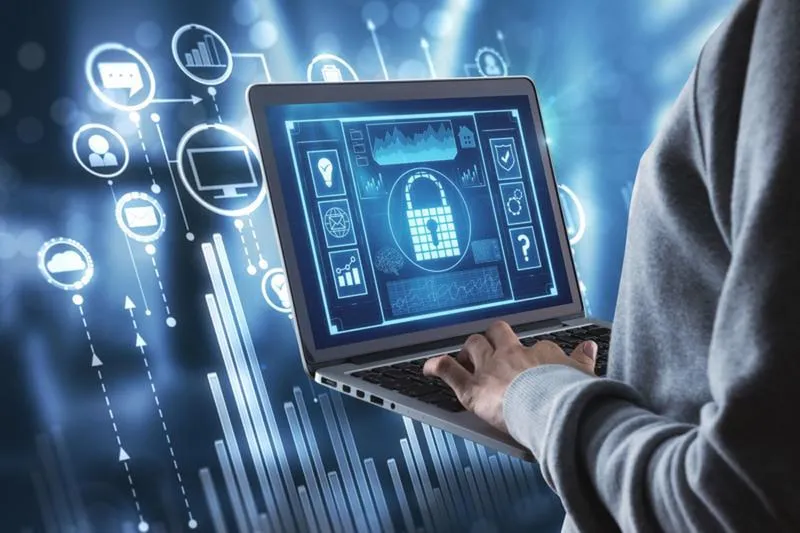 Information security is an important task of all businesses
Information security is an important task of all businesses











Replies to This Discussion